Tom's Guide Verdict
For Asus' new ZenFone Max Plus, the beauty runs only skin deep.
Pros
- +
Improved design
Cons
- -
Dim screen
- -
Outdated Android
- -
Middling Performance
- -
Battery life doesn't live up to expectations
- -
Below-average cameras
Why you can trust Tom's Guide
Last fall's Asus ZenFone 4 Max was a mostly middle-of-the-road handset that managed to stand out with a beefy, 5,000-mAh battery that lasted well over 15 hours in testing. Now, less than six months later, the company has returned with a half-step of sorts.
It's not a phone in the upcoming ZenFone 5 line (those devices will roll out between now and the summer), but an iteration of the ZenFone 4 Max called the ZenFone Max Plus. This new model brings a modern, 18:9 display and faster performance in a similar body. Curiously though, Asus shrank the battery. Is the trade-off worth it? Nope.
Price and Availability
The ZenFone Max Plus is available for $229 unlocked direct from Asus, as well as third-party retailers including Amazon, Newegg and Best Buy. That's $30 more than the ZenFone 4 Max.
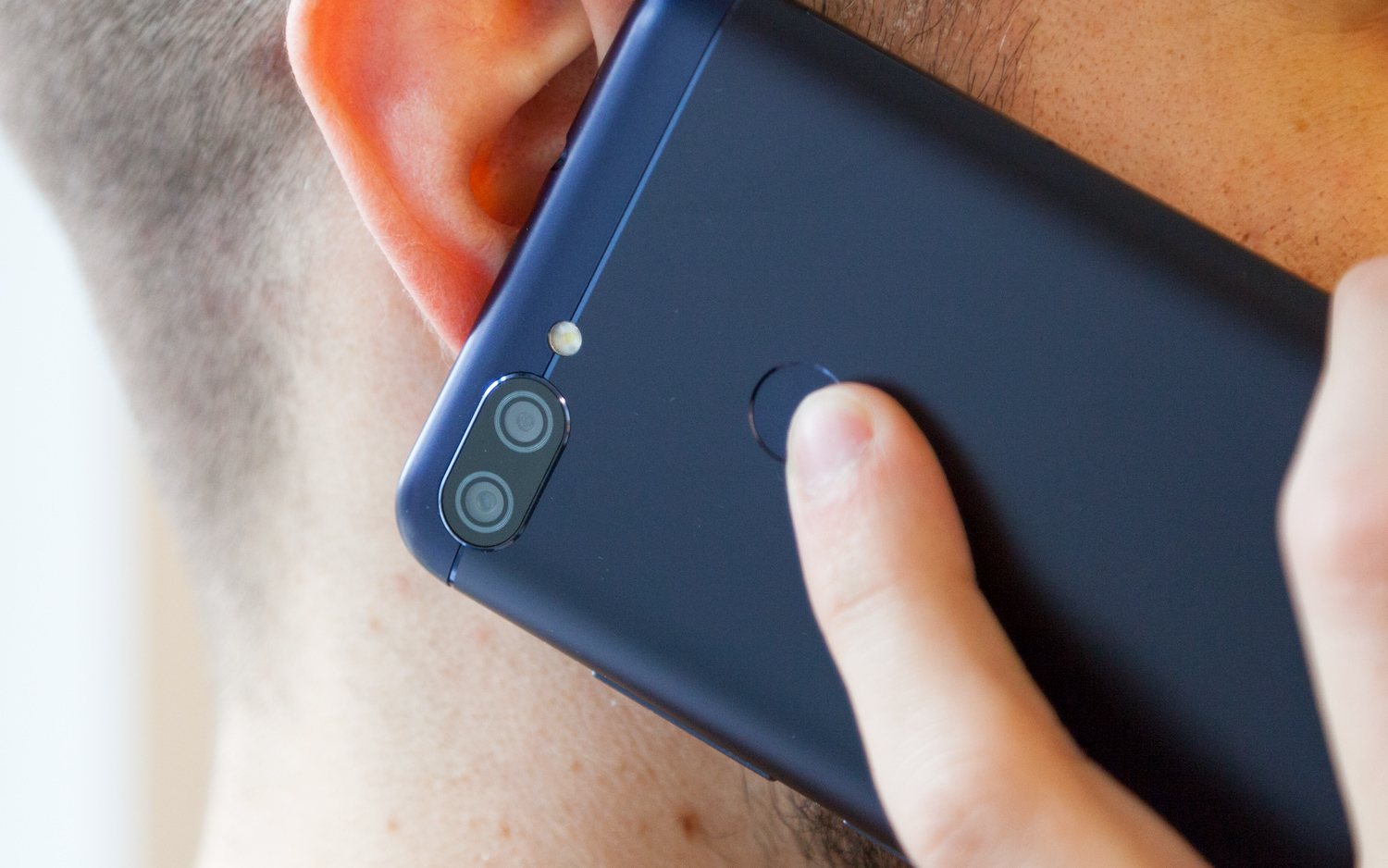
For that, you get 3GB of RAM and 32GB of storage, though the latter can be expanded to 2TB via a microSD card. The device supports only GSM networks, which means you'll have to subscribe to a network like T-Mobile, AT&T, Cricket Wireless or MetroPCS to use this phone.
Asus ZenFone Max Plus (M1) Specs
| Price | $229 |
| OS | Android 7.0 Nougat with ZenUI 4.0 |
| Screen Size (Resolution) | 6 inches (2160 x 1080) LCD |
| CPU | MediaTek MT6750T |
| RAM | 3GB |
| Storage | 32GB |
| microSD Slot | Yes |
| Rear Camera | Dual 16 MP (f/2.0) and 8 MP |
| Front Camera | 8 MP (f/2.0) |
| Battery Size | 4,130 mAh |
| Battery Life (Hrs:Min) | 11:25 |
| Water Resistance | No |
| Size | 6.01 x 2.87 x 0.35 inches |
| Weight | 5.6 ounces |
Design: ZenFone Goes Full-Screen
Asus' ZenFone 4 series was seemingly designed to be as unrecognizable as possible, mixing a grab bag of generic cues found on other, similarly forgettable handsets. The ZenFone Max Plus does very little to change that, though there is one key difference.
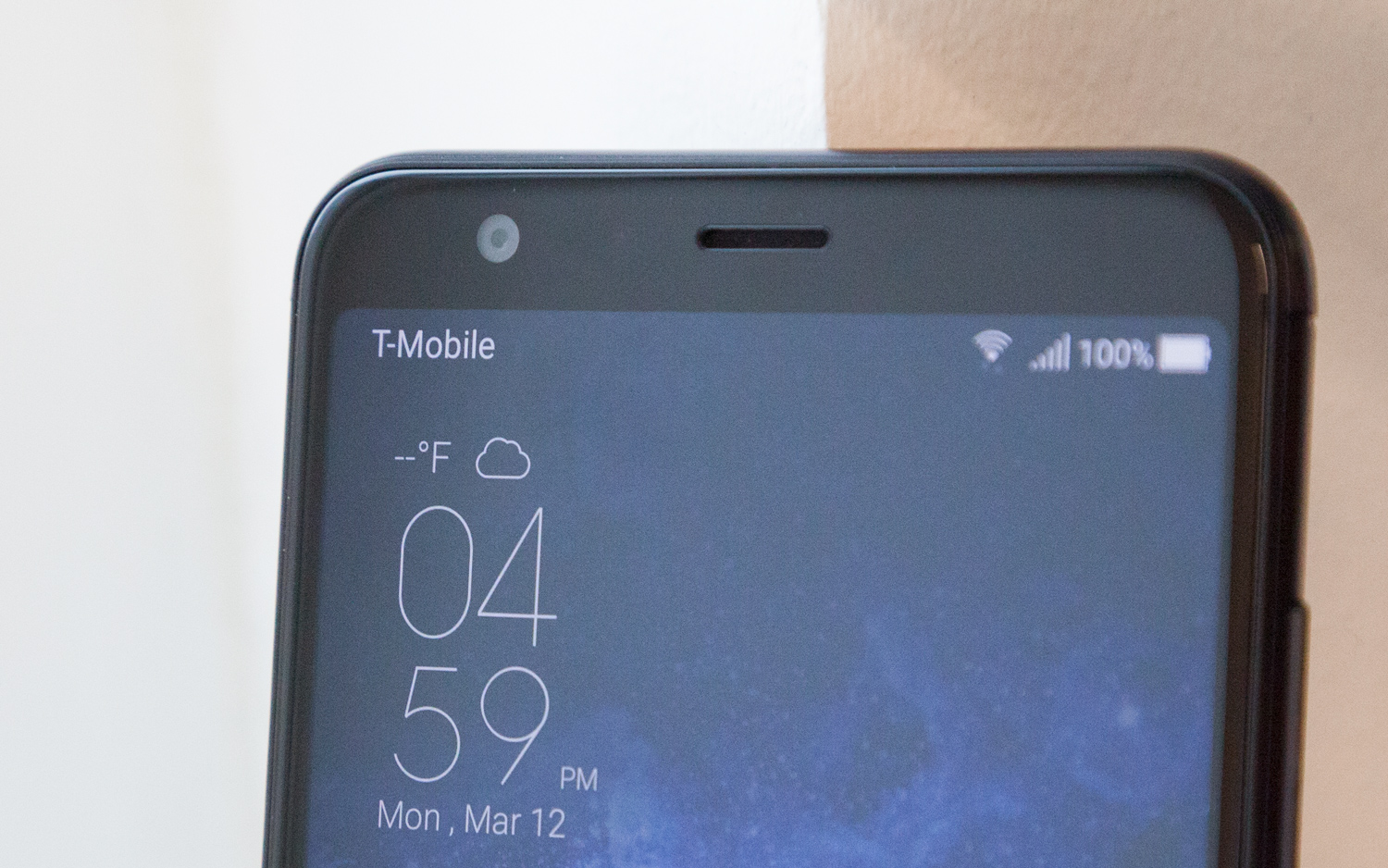
The ZenFone Max Plus improves upon its predecessors with a 5.7-inch, 18:9 display and much slimmer bezels at the top and bottom. The panel itself sports curved corners and sits much more suitably on the phone's face, which no longer features a dated rectangular fingerprint sensor/home button sandwiched between capacitive navigation keys.

These are subtle changes, but they're welcome. The wider screen means you get more real estate given the size of the chassis, and the narrower bezels put it all within fingers' reach.
Get instant access to breaking news, the hottest reviews, great deals and helpful tips.
The ZenFone Max Plus improves upon its predecessor with a 5.7-inch, 18:9 display and much slimmer bezels at the top and bottom.

Around the back, the differences are harder to spot: There’s a rear-facing fingerprint sensor where there wasn't one before, centrally-located on the aluminum shell. The dual cameras are bisected by recessed chrome trim that returns from the ZenFone 4 Max Plus and looks old hat at this point. Alas, this is still a budget smartphone that evokes other budget smartphones. Water resistance is again nowhere to be found, though at least the headphone jack remains.
Display: Bigger and (mostly) better
There was nothing at all noteworthy about the 720p, 5.5-inch LCD display in the ZenFone 4 Max, never mind that it felt positively ancient by even last year's standards. Thankfully, Asus has seriously upgraded the screen for the ZenFone Max Plus in every dimension. While it's still an LCD panel, the size has been bumped up to 5.7 inches, it employs a wider aspect ratio, and, best of all, it touts full HD+ resolution.
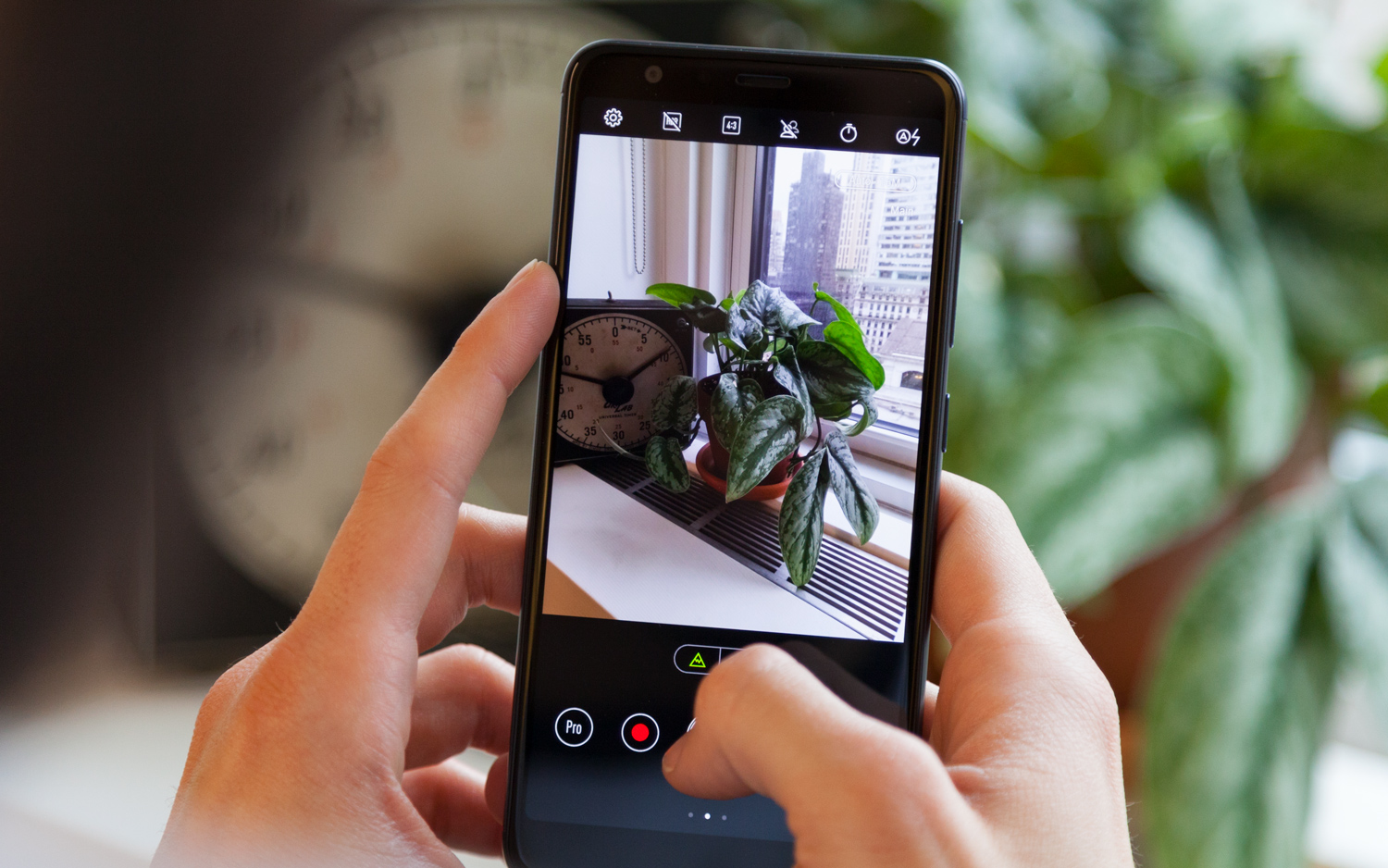
This was an area that desperately needed addressing from the last go-round, and we're glad Asus tended to the issue. However, that's not to say the new ZenFone's display is any more remarkable than competing LCD units.
MORE: Best Smartphones on the Market Now
For one thing, it's quite dim. With a peak brightness of 377 nits, the ZenFone Max Plus is outperformed by not only its predecessor, which achieved 461 nits, but many other handsets as well. Take the $199 Honor 7X, for example, which topped out at 510 nits, or the similarly priced Moto G5 Plus at 591 nits.
Like so many other cameras in this category, the results are generally hit or miss.
In terms of color gamut and reproduction, the ZenFone Max Plus fares a bit better. Our unit reproduced 119.5 percent of the sRGB color space and registered a Delta-E accuracy score of 0.34. (Numbers closer to zero are better.) Those results are par for the course at this price range, but because the ZenFone Max Plus doesn't give users the option of alternate display profiles, you won't be able to tune the experience to suit your preference.
Camera: Hardly a stunner
Like so many budget phones with flagship-photography aspirations, the ZenFone Max Plus comes fitted with two cameras on the back: a 16-megapixel main sensor with f/2.0 aperture and a secondary wide-angle 8-MP shooter that lacks autofocus. Above the display is another 8MP lens for selfies.
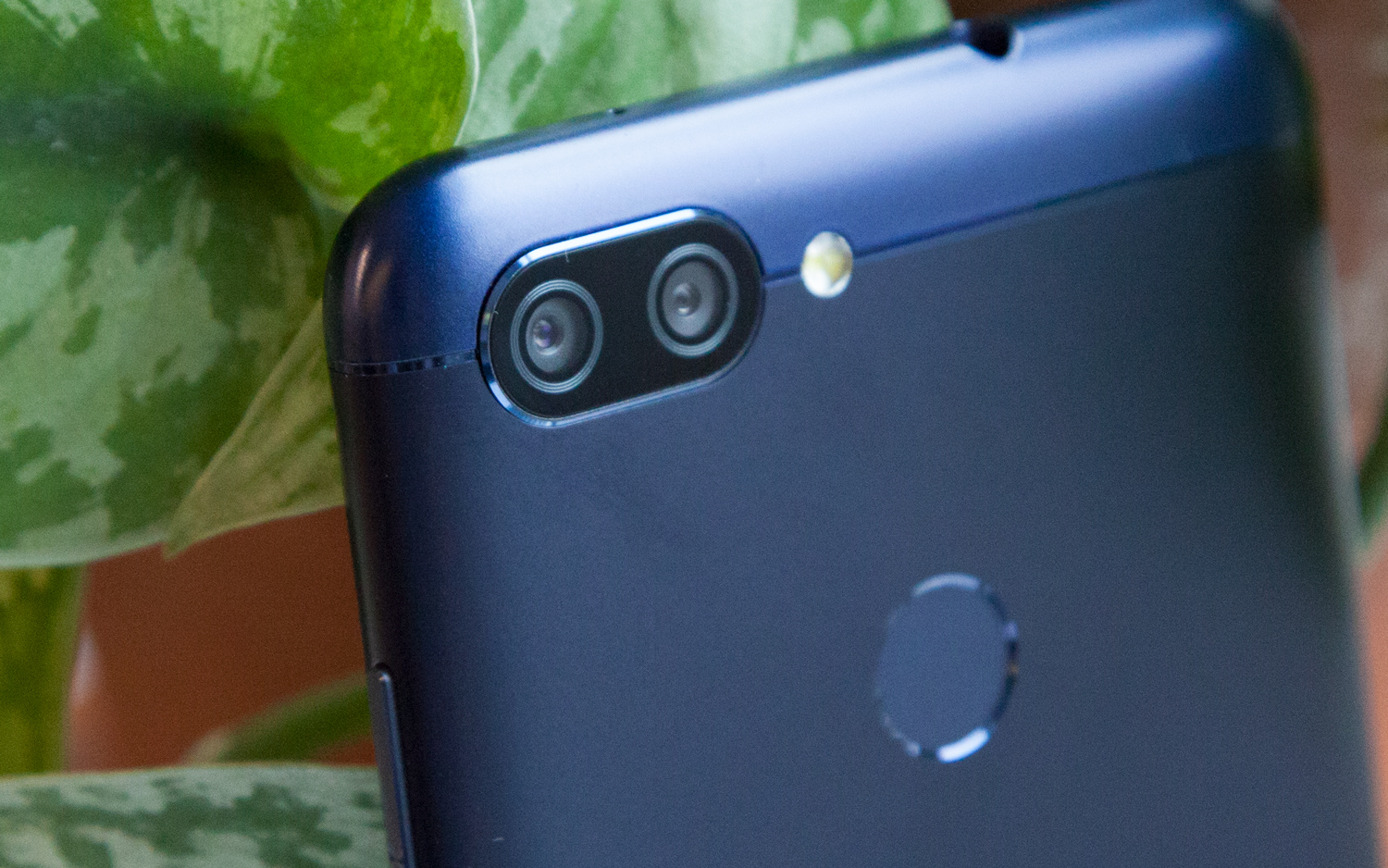
I snapped a handful of comparison shots with our unit and an Honor 7X — the latter of which costs $199 but also comes with a pair of shooters that enable dramatic portraits with blurred backgrounds.
Starting outside New York's Penn Station in the misty, early hours of the morning, the ZenFone Max Plus derived robust color from the scene with a slightly warmer white balance than the Honor 7X delivered. However, the ZenFone's HDR mode was finicky and frustrating to shoot with; the multiple exposures taken in quick succession made the ZenFone's camera very susceptible to blurring. The Honor 7X delivered a sharper and brighter exposure by comparison.
Next, I ventured to Bryant Park, where I captured a few images of flowers that again illustrated a clear advantage in favor of Honor's budget handset. The shot from the ZenFone is dim and a bit hazy when you zoom in. The toned-down shades of lavender in the petals are probably more realistic, but then again, Asus' camera failed to convey texture and depth the same way Honor's could.
To test out the ZenFone's Portrait Mode, I enlisted the help of my colleague Caitlin. Because neither device has a telephoto lens, the perspectives were very drawn out. That means you'll have to get extremely close to the subject with both of these phones to take anything that looks remotely like the portraits produced by the iPhone X or Galaxy S9+.
The bokeh effect out of the ZenFone was significantly more pronounced than on the Honor 7X. It was so strong, and blurred so much of the frame aside from Caitlin's face, that it ended up looking like a photo of a miniature model, or a macro shot with the tilt-shift effect you get when shooting really small objects. Plain and simple, it was excessive compared to the totally serviceable, natural portrait courtesy of the Honor 7X.
A pair of selfies rounds out the comparison. Interestingly, the Honor 7X makes it look like the sun was out when I snapped the photo, with its warmer tones and brighter exposure. I'd go so far as to say the ZenFone's rendition is more realistic and crisper as you zoom in; then again, when it comes to selfies, realism tends to take a back seat to whatever makes you look better, and Asus' handset didn't do that here.
Performance: Needs a boost
The MediaTek MT6750T system-on-chip inside the ZenFone Max Plus is quite an outdated piece of technology. Released in 2016 and manufactured on a 28-nanometer process, it can't match the power or efficiency of Qualcomm's newer 14-nm 600-series chipsets or the equivalent Kirin 659 featured in the Honor 7X.
Unfortunately, that puts Asus' phone at a sizeable disadvantage. In benchmarks, the ZenFone Max Plus fared no better or worse than the ZenFone 4 Max and its Snapdragon 430 silicon. The newer ZenFone delivered a Geekbench 4 score of 2,610, meaning it's virtually the same as the outgoing model in overall performance.
Three years ago, such poor performance would have been expected for a $229 phone, but these days, there's no need to settle.
The trouble with Asus' proposal is that you get so much more from competing products. The ZenFone Max Plus handled casual games like N.O.V.A Legacy and SimCity BuildIt smoothly enough, but gamers on a budget would be wise to choose either the Honor 7X or Moto G5 Plus instead. Both of those phones cost $30 less than the ZenFone Max Plus, yet scored anywhere from 2,000 to 4,300 points higher in 3DMark's Ice Storm Unlimited graphics gauntlet.
There were fairly common occasions when the ZenFone Max Plus didn't feel as snappy as it should have, like when thumbing between tabs in Chrome or even returning to the home screen from the Settings menu. Sometimes, it's a matter of choppy animations; other times, the phone sits motionless for a half-second before following through on your commands. Three years ago, this would have been expected for a $229 phone, but these days, there's no need to settle.
Battery: Surprisingly short-changed
Despite widening the screen, Asus shrank the battery inside the ZenFone Max Plus, down from a whopping 5,000 mAh in the ZenFone 4 Max to 4,130 mAh. While the downsizing betrays the "Max" brand, this screen is still pretty generously sized in the grand scheme of things — which makes it all the more confusing why the Max Plus lasted nearly 4 hours less than its predecessor in our testing.
That's right: The newest ZenFone called it quits after 11 hours and 25 minutes of marathon website streaming on T-Mobile LTE. For perspective, the ZenFone 4 Max delivered 15 hours and 19 minutes of battery life.
MORE: Smartphones with the Longest Battery Life
The Galaxy S9 has only a 3,000-mAh battery, and that phone achieved 11 hours on the dot. Testing the Max Plus again didn't help things, as it mustered only 10 hours and 17 minutes the second time around.
Aside from the physical size of the battery, two factors could explain the Max Plus' surprising performance. First and foremost is the MediaTek chipset, which is older and not as renowned for its efficiency as Qualcomm's 400-series silicon. Additionally, it's critical to remember that the new ZenFone also has a bigger, higher-resolution screen than the previous ZenFone 4 Max, which is obviously going to put more of a strain on the battery.

Disappointing longevity aside, Asus has baked a lot of functionality into the ZenFone Max Plus' battery. There's a reverse-charging mode, as well as the ability to prolong the health of the pack with a setting in the included Power Master app.
The Double Battery Lifespan feature is designed to prevent the battery from degrading as quickly, at the expense of less usage time per charge. It's difficult to judge the long-term effectiveness of this system in our short time with the phone, but given this device's relatively underwhelming battery life to begin with, it's something I would think twice about before turning on.
Software: Nougat on a brand-new phone
Although Asus has made good on its promise to deliver Android 8.0 Oreo to select ZenFone 4 models, the ZenFone Max Plus strangely launches with version 7.0 Nougat. This isn't a clean rendition of Google's OS either; it's filtered through Asus' ZenUI interface.
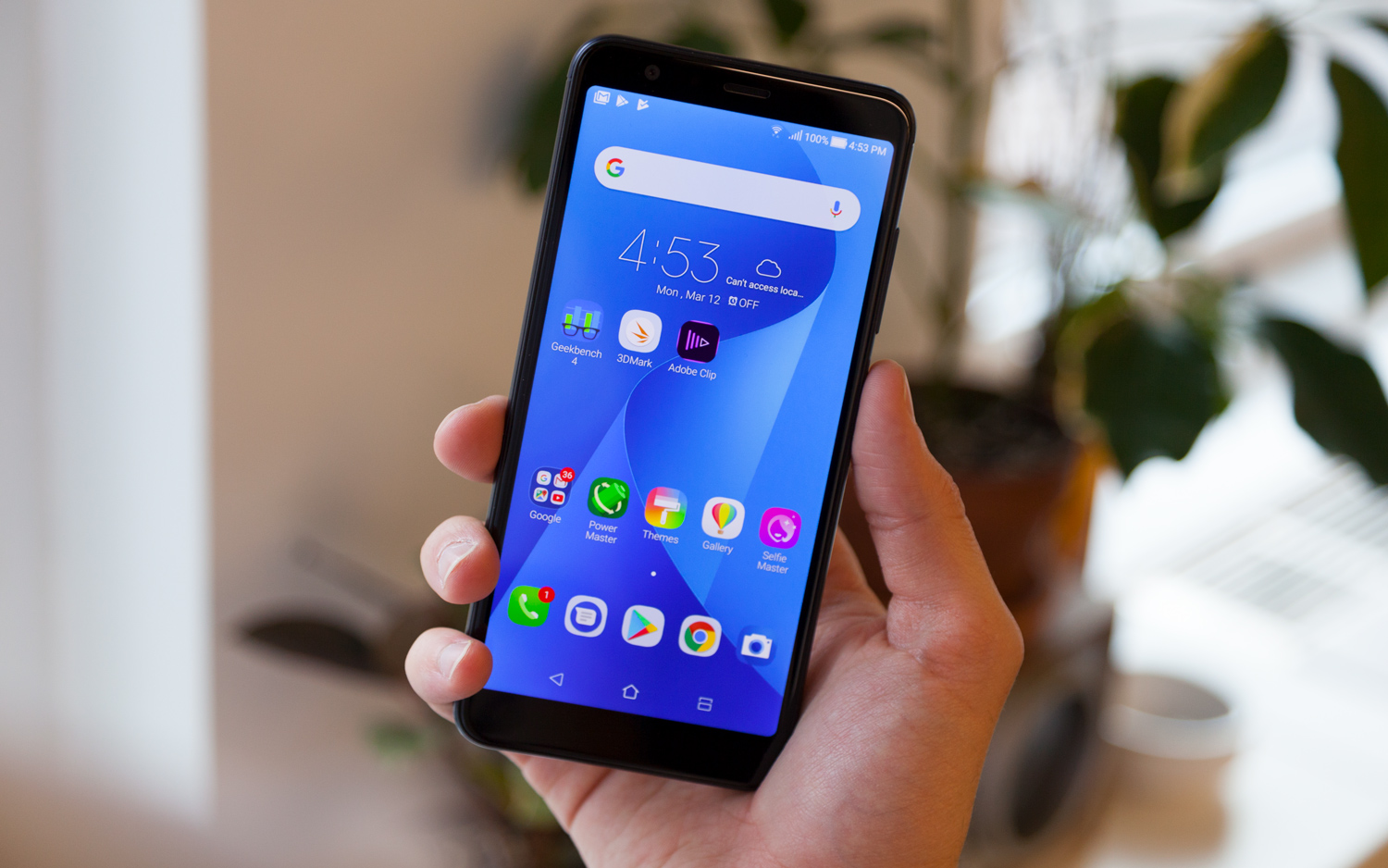
That's going to disappoint some Android purists. Not only does ZenUI look very different from the stock experience, but it doesn't add a great deal of value either.
Sure, you get Asus' Mobile Manager app, which provides a one-stop shop to various device-maintenance controls, like the aforementioned battery-saving modes and a system scan that can help identify ways to improve device performance. But many Android phones these days come with similar features, and if they weren't there, you wouldn't be any worse for wear.
The new ZenFone's interface is cluttered, too. ZenUI commits that cardinal sin of so many manufacturer skins, putting forth an overwhelming number of quick toggles in the notification shade for things that either don't belong there (like multiwindow mode) or that you probably won't use very often (like sharing location reports over email and SMS).
Asus made its budget phone much prettier but diminished its greatest asset.
To make matters worse, settings often aren't stowed away where you'd expect to find them. I overturned seemingly every rock to try and find a way to turn on some form of quick-launch gesture for the camera, only to locate it in a sub-menu titled Asus Customized Settings — whatever that means.
Bottom Line
As similar as many phones look and feel these days, there's typically one quality you can point to that a handset does particularly well, that differentiates it from its competitors. Unfortunately, I'm struggling to find it in the ZenFone Max Plus.
Asus made its long-lasting budget proposition much prettier, but destroyed the phone's greatest asset. The ZenFone 4 Max was remarkable for its battery life, but with that diminished, there's no other reason to consider the Max Plus.
Yes, the screen is larger and the bezels are smaller, but everyone's doing that nowadays. The camera hasn't been appreciably improved, and the performance has actually taken a step back in a few respects. The software is still outdated and both functionally and aesthetically inferior to stock Android. Yet, despite all these faults, this phone is more expensive than the model it was designed to iterate upon.
For my money, I'd rather buy the $199 Honor 7X and the recently discounted Moto G5 Plus. You could even upgrade to the Moto G5S Plus, which adds dual cameras, for just $20 more than the latest ZenFone.
That makes the choice pretty clear. The ZenFone Max Plus is the right phone for literally no one.
Credit: Shaun Lucas/Tom's Guide
Adam Ismail is a staff writer at Jalopnik and previously worked on Tom's Guide covering smartphones, car tech and gaming. His love for all things mobile began with the original Motorola Droid; since then he’s owned a variety of Android and iOS-powered handsets, refusing to stay loyal to one platform. His work has also appeared on Digital Trends and GTPlanet. When he’s not fiddling with the latest devices, he’s at an indie pop show, recording a podcast or playing Sega Dreamcast.
-
tumbuh.ketik4 Surprisingly, in Indonesia, this phone is really hype, i dont know what aspect people can choose from this phone, i think it was same reason as oppo f1s did 2 years ago ; design and gimmick. I hope asus can produce more great smartphone in the future!Reply
